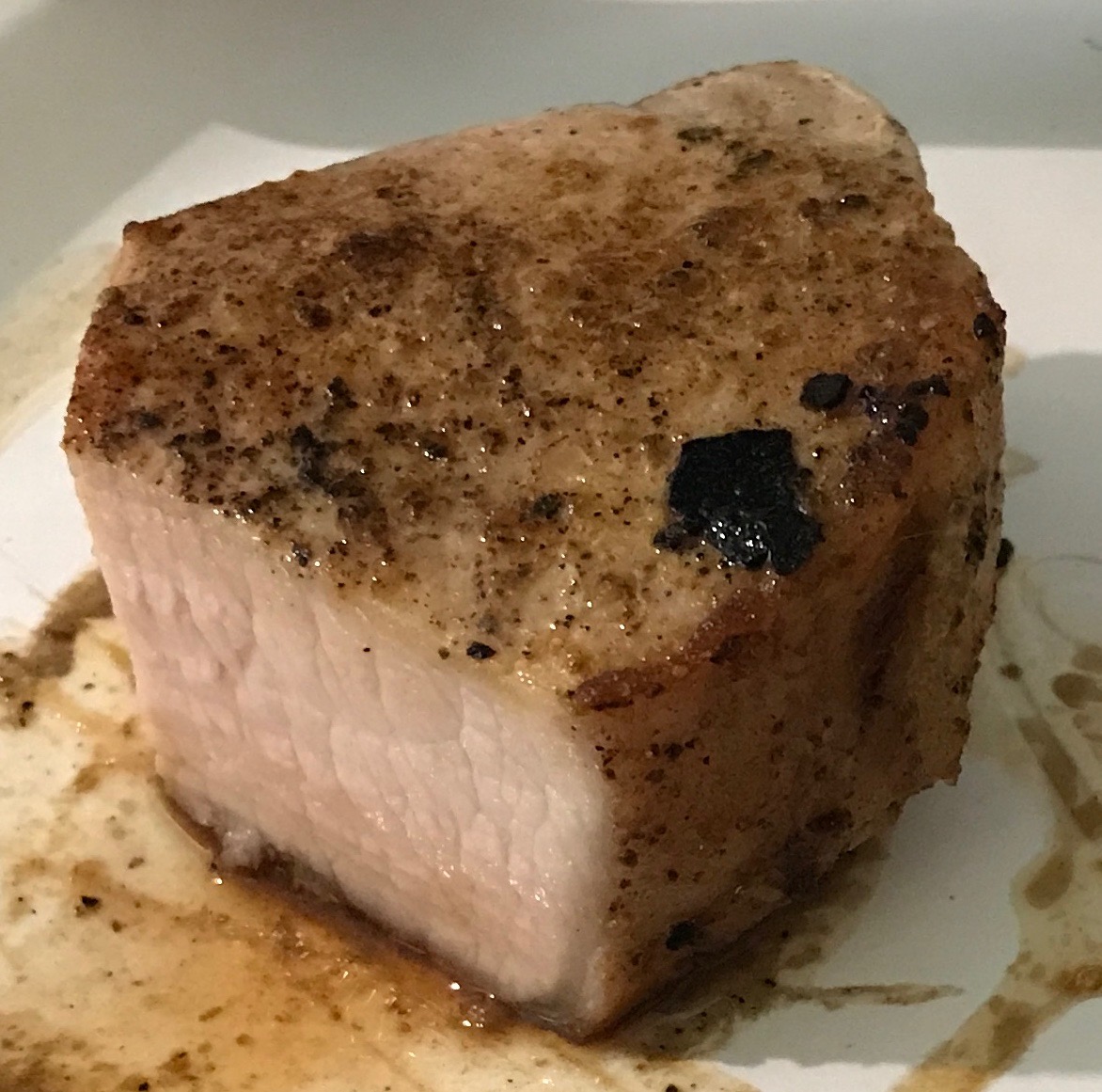What is This “Sous Vide” You Speak Of?
July 03, 2017 •
A friend and coworker of mine told me about how her boyfriend has been doing a bunch of sous vide cooking. I didn’t know anything about it but I was looking for ways to make cooking healthier more convenient. After I read up a little bit on it, I took the plunge and bought an Anova Precision Cooker to see what the fuss was all about.
So what is this sous vide thing? Well, sous vide is French for “under vacuum” referring to the way that this style of cooking is traditionally done by vacuum-sealing the food and submerging it in water. The way it works is you seal the food in plastic1, put it in a pot or tub of water and then use a water circulator, like the Anova, to heat the water to a very precise temperature. Think of the water in the pot like a pizza stone or those fancy copper base cook pots, it distributes the heat evenly on all sides. Being able to set the temperature like this means that cooking becomes a 100% repeatable experiment. And because the temperature is controlled so accurately, lower temperatures can be used than one would in normal cooking styles. Lower temperatures mean that the margin of error becomes astronomically wide. Whereas the difference between undercooked and overcooked in traditional cooking is sometimes just a few minutes, cooking sous vide it is nearly impossible to accidentally overcook things because if the perfect medium rare steak is 130°F you can cook it to exactly 130°F and keep it there for literally hours.
So, let’s review:
- More consistent results
- Much harder to make mistakes
- Set it and forget it
Sounds like the perfect cooking method for me! ![]()
I finished my first sous vide dish, a pair of pork chops, a few hours ago and I have to say that I’m hooked. They came out juicy, tender, and completely evenly cooked. And it was drop dead simple ![]()
-
In my case, I used Ziploc freezer bags
 ↩
↩
